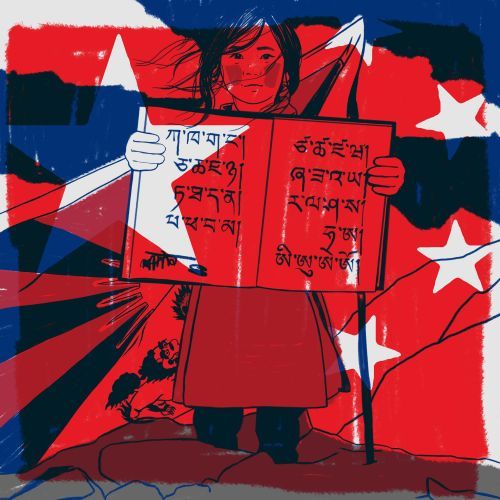Geological discoveries and a new concept of light
According to researchers from the California Institute of Technology, the gigantic collision of the protoplanet Theia with the proto-Earth approximately 4,5 billion years ago could have formed not only the Earth’s Moon but also two continent-sized regions in the Earth’s mantle. Scientists refer to the discovery in the 1980s of two areas of unusual material located deep, near the Earth’s core – under the African continent and the Pacific Ocean. They are twice the size of the Moon and probably consist of elements in proportions different from those of the Earth’s surrounding mantle.
Scientists from, among others, Arizona State University suggest that the Earth’s outer core may be more dynamic than previously assumed. It is between the silicate rocks of the Earth’s mantle and the molten metal in its inner core. According to the researchers, “when water reaches the core-mantle interface, it reacts with the silicon in the core to form silica.” This discovery advances our understanding of Earth’s internal processes and suggests that the global water cycle goes much deeper than previously thought.
According to MIT experts, heat and visible light, especially with a greenish tint, can cause water to evaporate, breaking the bonds between its molecules. According to the researchers, this effect may be widespread, for example, in water in porous materials such as soil or plants or foam on the ocean surface. It will be possible to use it for practical purposes, such as more efficient ways of producing fresh water from salt water.























